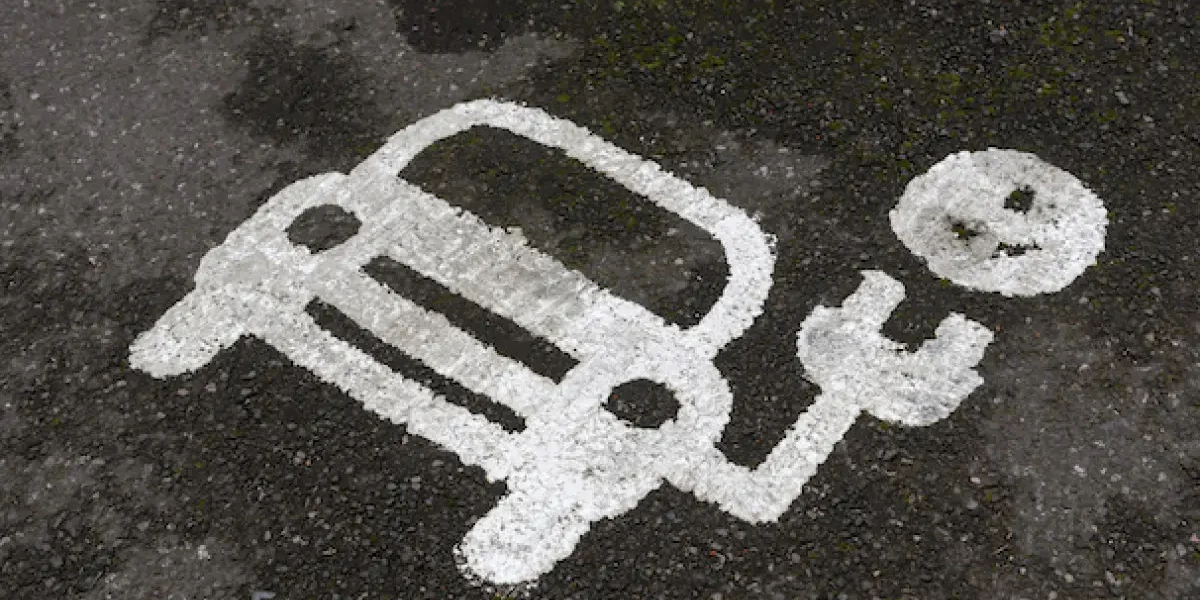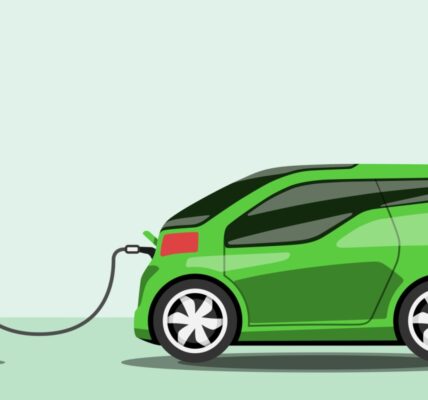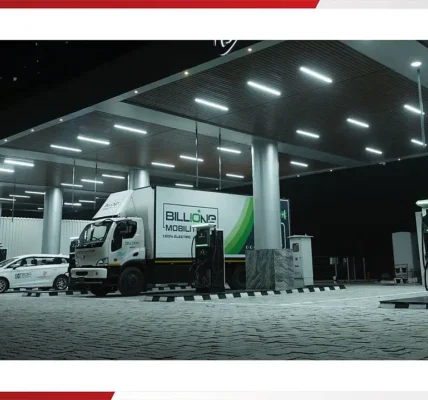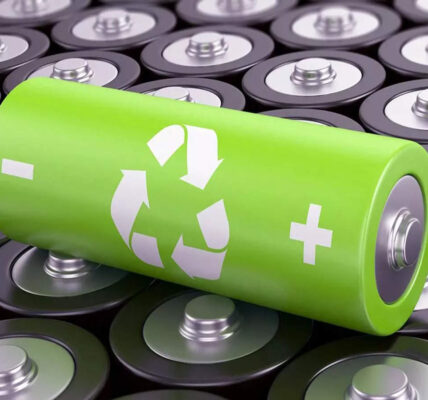The electric vehicle (EV) industry in India has had a promising 2022 with decisive action from all key stakeholders—original equipment manufacturers (OEMs) and component makers to charging/ swapping infrastructure providers and governments (both, Centre and states)—and increasing acceptance among consumers.
Supportive policy and investments by established industry players and start-ups alike in development of products and technology are also driving up adoption of electric mobility.
Indeed, in the first half of this fiscal, the share of EVs more than doubled to 4.2 per cent from 1.9 per cent last fiscal in the two-wheeler segment, while increasing to 7.5 per cent from 4.7 per cent in the three-wheeler segment, and to 1.13 per cent from 0.7 per cent in the passenger vehicle (PV) segment.
A closer look suggests EV adoption will only speed up from here.
First among the enablers are supporting government policies such as the Faster Adoption and Manufacturing of EVs (FAME) and the Auto and Advanced Chemistry Cell Production Linked Incentive schemes.
Along with incentives for EV adoption, fuel efficiency norms are making it imperative for OEMs to include hybrid and electric vehicles in their product offerings.
State policies are an added catalyst for EV manufacturing and adoption across the country as most large states are offering demand incentives as well as capital subsidies.
Secondly, the automotive industry is in transition. How is this an enabler? Well, the EV industry today has 95 two-wheeler, 110 three-wheeler, and 8 bus manufacturers, besides 15 PV makers. The competitive landscape nurtures both start-ups with new ideas and traditional manufacturers with automotive expertise and know-how.
In the two-wheeler space, Hero MotoCorp, TVS and Bajaj Auto have introduced EV products and are competing with start-ups such as Ather, Ampere, Hero Electric and Okinawa. Similarly, in the three-wheeler space, established brands such as Piaggio, Mahindra and Atul Auto are competing with start-ups such as Omega Seiki Mobility, Euler, Lohia Auto and Kinetic Green.
The electric passenger car space is dominated by affordable EVs from Tata Motors, with other brands such as Kia, Hyundai, BYD, BMW, Mercedes and MG Motors holding small shares. Mahindra is planning a new EV series starting January 2023, while market leader Maruti Suzuki plans to launch its first EV in 2025 and Hyundai plans to bring 6 EVs to the market by 2028.
The electric bus space is competitive, with Tata Motors, Eicher, JBM, Switch Mobility, Olectra, BYD and PMI Electro Mobility jostling for space, and new players, such as Causis, planning to enter the fray.
Auto component manufacturers, such as Uno Minda, Tata AutoComp, Schaltbau Group, Valeo India, and Lucas TVS have started manufacturing components related to EV drive-train and charging infrastructure.
The third enabler is growing consumer interest. Among others, start-ups such as BluSmart, Zypp and MoEVing, prefer EVs for commercial use as these vehicles make more business sense vis-à-vis an internal combustion engine (ICE) vehicle for extensive use.
Many multi-nationals also prefer adding electric mobility to their business transport requirement to meet their environmental, social and governance (ESG) goals.
Also, a sizeable chunk of vehicle buyers for personal use are now considering electric options as their next purchase.
Despite the considerable progress made this year, EV adoption is hemmed in by anxiety on three fronts —price, range and charge.
The table below provides illustration of changes in product pricing and range, which has increased confidence among buyers.
Tiago EV heralds the entry of a sub-Rs 10 lakh vehicle in the PV space, making electric cars affordable. With a certified range of 250 km for an entry level model (Tiago EV MR) and 315 km for a model with long range (Tiago EV LR), the vehicle is optimal for city driving.
The improvement in the range of EVs should also enthuse the market.
Earlier, charge anxiety had impeded growth for EVs. This is now being soothed by considerable progress in charging infrastructure, battery swapping options, permission to install personal charging stations, along with other initiatives by the Ministry of Power and Energy Efficiency Services Ltd (EESL), the organisation aimed to help consumers, industries and governments manage energy needs effectively through energy efficient technologies.
About 2,877 charging stations have been sanctioned to states under the FAME II scheme, 184 charging stations to corridors and expressways, and 1,392 charging stations to highways, and more than 1,600 public EV chargers are already operational.
Other teething challenges include financing, insurance, battery life, and resale.
On the financing side, the State Bank of India offers a green car loan for PVs at a lower interest rate of 8.20-8.65 per cent (8.40-9.20 per cent for an ICE car loan).
Electric two- and three-wheelers, however, continue to face challenges as lending for these vehicles is at lower loan to value, higher interest rate, and smaller tenure, thereby inflating the equated monthly instalments by 50-100 per cent.
The World Bank is evaluating financial products for risk sharing and making finance available for EVs and charging infrastructure at lower rates.
Added to this, if OEMs provide options for longer-tenure battery warranties or assured buyback at a certain value, it will boost confidence among financiers as well as customers in terms of resale value.
Swappable vehicle financing will also lead to changes in norms by the Reserve Bank of India as the vehicle and battery will have to be funded separately.
The Insurance Regulatory and Development Authority of India has mandated discounted third-party liability premiums. The insurance companies, on their part, have linked insurance premium for EV products with the OEM and are looking at solutions to address the different types of products (with/without detachable battery).
For battery life, OEMs are providing longer-term warranties for EVs.
Resale of EVs will gather speed four years hence as the current purchases are put up for sale in the used vehicle space.
The EV industry is likely to gain speed in the next couple of years.
By fiscal 2030, CRISIL sees the share of EVs in domestic two-wheelers sales rising to more than 40 per cent from ~4 per cent now, in three-wheelers (3Ws) to 70 per cent from ~7 per cent, in PVs to 25 per cent from ~1 per cent, in small CVs to 25 per cent and in buses to 30 per cent from ~4 per cent.
In traction motor, controller, and DC-DC converter, India has already achieved substantial localisation. CRISIL expects localisation in EV production to reach nearly 80 per cent over the next 3-5 years.
Revenue of the EV component market in India is likely to rev up at a compound annual growth rate of ~76 per cent to Rs 72,500 crore in fiscal 2027 from Rs 4,300 crore in fiscal 2022. That will take the share of EVs in the overall automotive components market to 9-11 per cent—up from a negligible 1 per cent currently—even as the supply of parts for ICE-driven vehicles also increases.
Overall, therefore, indications are this will be the decade of EVs and India may well emerge as a leader in this sphere, propelled by policy support and industry investment.







